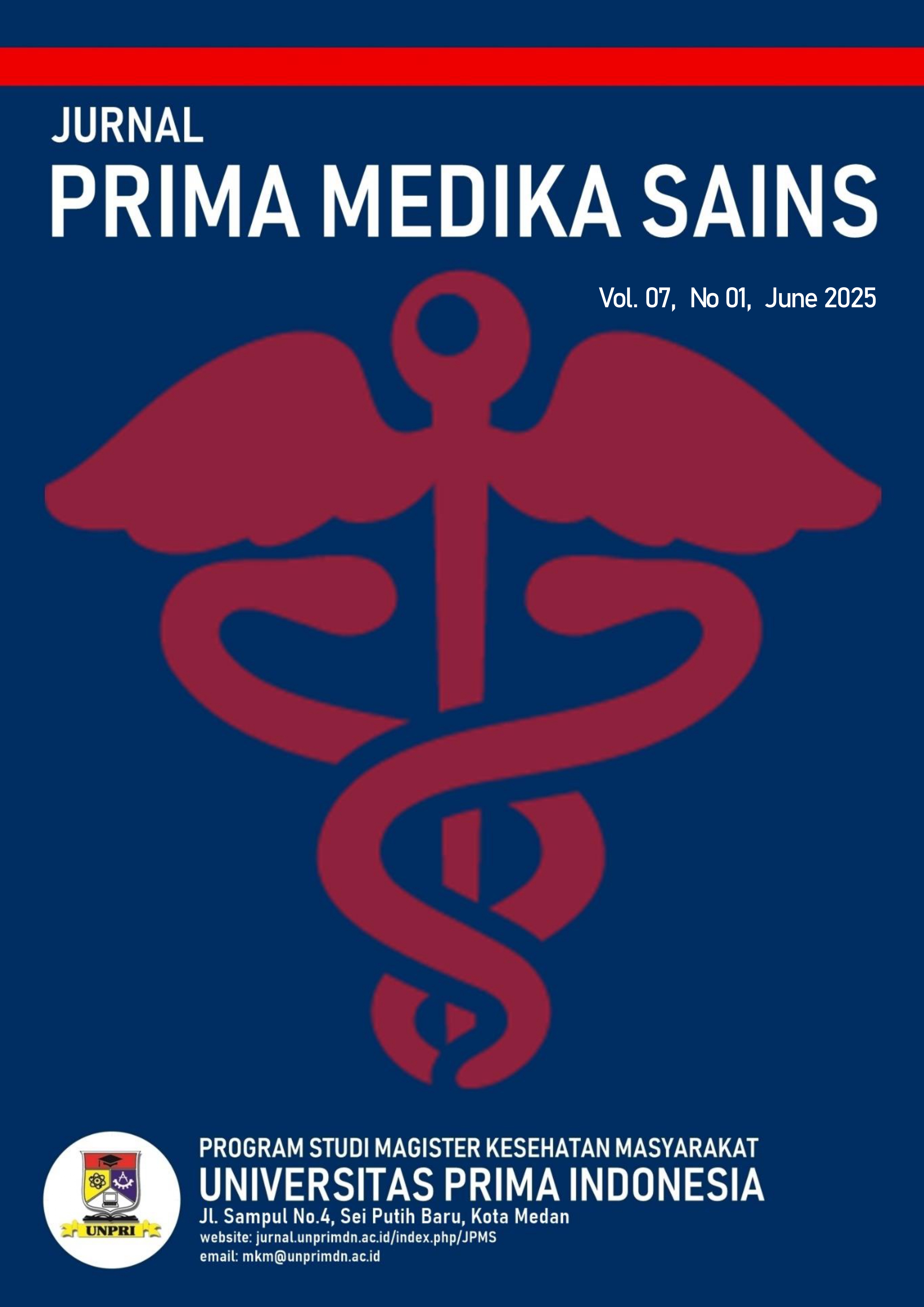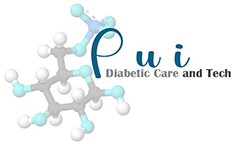Association between cardiothoracic ratio and aortic arch calcification with estimated glomerular filtration rate in hypertensive patients
DOI:
https://doi.org/10.34012/jpms.v7i1.6677Keywords:
chronic kidney disease, cardiothoracic ratio, cardiomegaly, aortic arch calcification, glomerular filtration rateAbstract
Hypertension remains a leading cause of global cardiovascular mortality, including in Indonesia. Target organ damage, particularly renal impairment, underscores the need for easily obtainable biomarkers for early detection. Although not explicitly recommended in current guidelines, the cardiothoracic ratio (CTR) and aortic arch calcification (AAC), both assessable via chest radiography, represent readily available and cost-effective screening tools. This study aimed to evaluate the association between these radiographic markers and decreased estimated glomerular filtration rate (eGFR) in hypertensive patients at Royal Prima Hospital, thereby addressing a crucial knowledge gap in resource-limited settings with restricted access to advanced imaging modalities. A cross-sectional analysis was conducted involving 175 hypertensive participants, stratified according to their chronic kidney disease (CKD) stage. Baseline demographics, hypertension status, CTR, AAC, and eGFR were assessed. Bivariate correlation and multivariate regression analyses were performed to determine the relationships between CTR, AAC, and eGFR. The study population exhibited a high prevalence of cardiovascular comorbidities, with 82.3% demonstrating cardiomegaly (mild-to-severe CTR) and 61.7% presenting with AAC. Bivariate analysis revealed a strong inverse correlation between eGFR and both CTR (r = −0.418, p < 0.001) and AAC score (r = −0.457, p < 0.001). Multivariate regression confirmed that both CTR (B = -1.738, p < 0.001) and AAC (B = -16.127, p < 0.001) were significant predictors of eGFR decline. Progressive CKD stages were associated with increased CTR (52.3% in Stage 1 vs. 58.7% in Stage 5) and greater AAC severity (0% advanced calcification in Stage 1 vs. 34% in Stage 5). Age, sex, and blood pressure did not show significant correlations with eGFR (p > 0.05). CTR and AAC are strongly associated with renal dysfunction, reinforcing the evidence of an interaction between cardiovascular pathology and CKD progression. These markers have the potential to serve as accessible biomarkers for identifying high-risk patients, thereby facilitating early intervention in resource-limited settings.
Downloads
Published
How to Cite
Issue
Section
License
Copyright (c) 2025 Fransiskus Aryo Pratomo, Aziza Ghanie Icksan, Ikhwanul Hakim Nasution

This work is licensed under a Creative Commons Attribution 4.0 International License.






